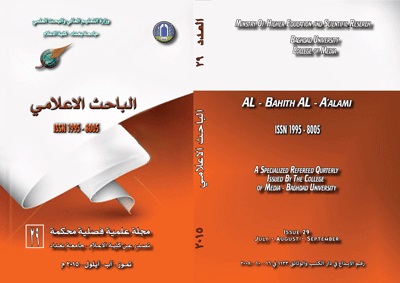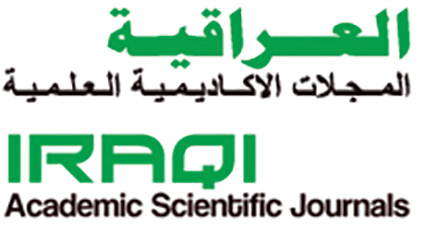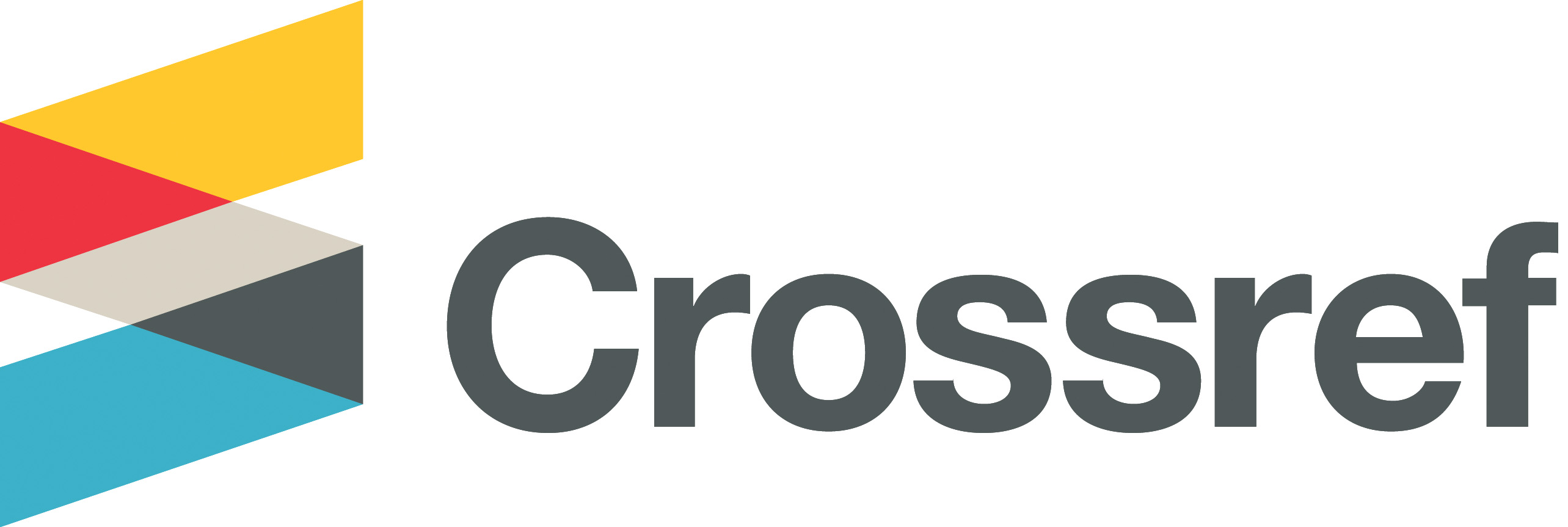القنوات الفضائية التلفزيونية المفضلة بوصفها مصادر أخبار لأساتذة الجامعة العراقيين
DOI:
https://doi.org/10.33282/abaa.v7i29.187الكلمات المفتاحية:
القنوات الفضائية، التلفزيونية، أساتذة الجامعة، العراقيين، مصادر أخبارالملخص
إن إمكانيات التلفزيون المتزايدة في نقل الصورة وقدرته على عرض الأحداث كما وقعت فعلاً، وأحياناً نقل هذه الأحداث بشكل مباشر جعلت منه أهم مصادر تلقي الأخبار ومعرفة ما يدور من أحداث في هذا العالم.
قد شكلت الأهمية المتعددة المصادر للتلفزيون، وأهمية المضمون المعروض وخصوصا الأخبار، وأهمية فئة الجمهور الخاضع للدراسة وهم أساتذة الجامعة أهمية إضافية لموضوع البحث، تمثلت مشكلة البحث بتساؤل رئيس عن القنوات التلفزيونية المفضلة لاستقاء الأخبار لدى أساتذة الجامعة العراقيين، وأسباب هذا التفضيل؟
وتناغماً مع جوهر المشكلة تحددت أهداف البحث بالكشف عن القنوات التلفزيونية المفضلة كمصادر أخبار لأساتذة الجامعة، وعادات التعرض لهذا الجمهور.
والبحث دراسة وصفية اعتمدت منهج المسح بهدف تحليل الموقف محل الدراسة، وقد استعان الباحث بالإستبانة بوصفها اداة اساسية في جمع المعلومات، وقد وزع الباحث 360 استمارة على عينة عمدية من أساتذة الجامعة العراقيين في ثلاث جامعات عراقية هي (جامعة الانبار، وجامعة بابل، والجامعة المستنصرية).
أما ابرز نتائج البحث حصول قناة العراقية، ثم الشرقية، ثم العربية، ثم الجزيرة، ثم العربية الحدث على المراتب الخمس الأولى بوصفها مصادر اخبار لأساتذة الجامعة العراقيين الذكور، فيما حصلت قناة الشرقية، ثم العربية، ثم العراقية، ثم الجزيرة، ثم العربية الحدث، على المراتب الخمس الأولى على التوالي بوصفها مصادر اخبار لأساتذة الجامعة الإناث.
التنزيلات
المراجع
* - a. Dr. Wahib al-Kubaisi / Psychology / Faculty of the Arts / University of Baghdad.
D. Fawzi Hadi Hindawi / Media / College of the Languages / University of Baghdad.
D. Kamel Ali Hassoun Al-Qayyim / Media / Faculty of Arts / Babylon University.
2 - Iman Farouk Mohamed Sayyad, adoption of the Egyptian elite on the media in the time of crises and disasters, Master Thesis, Ain Shams University, 2002.
3 - Adel Abdel Ghaffar, Evaluation of the Professional Performance of Arab News Satellite Channels, International Media Academy Conference, Cairo, The Egyptian Lebanese Library, 2005.
4- Najla Abdel-Hamid Fahmy, Motives for the Use of the Cultural elite of specialized media outlets, Master Thesis, Cairo University, Faculty of Information, 2006.
5 - Ayman Mahmoud Abu Zeid, the adoption of Egyptian scenes on satellite channels during the crises, Master of the University of Cairo, Faculty of Information, 2006.
6 - Heba Hussein Abdel Wahab, levels of credibility of Arab and foreign news channels as seen by the elite, MA, Cairo University, Faculty of Information, 2010.
7- Dr. Wahib Majeed Al-Kubaisi, Methods of Scientific Research Between Endoscopy and Application (Baghdad, Al-Yamamah Press Office, 2011) p. 31.
8- Dr. Samir Mohamed Hussein, Media Research, Foundations and Principles (Cairo, World of Books, 1976) p. 123.
9- Dr. Shahinaz Talaat, Media and Social Development (Cairo, The Anglo-Egyptian Library, 1980) p 79.
10. Charles Wright, The Social Perspective of Mass Communication, Muhammad Fathi's Translation (Cairo, Egyptian General Book Organization, 1983), p.
11- Dr. Sulaiman Saleh, Media Ethics, i2 (Kuwait: Al Falah Library, 2005) p. 255.
12. Mohamed Saad Abu Amoud, Political Functions of the Media, Egyptian Journal of Media Studies (Issue 50, March 1988), p.
13. Walter Ripson, The Rise of Sovereignty, translated by Samir Ezzat Nassar (Amman, Dar al-Nesr Publishing, 1995).
14- Dr. Al-Maseef and Nas, The tyranny of communication, Journal of Arab Radio (No. 4, June 2000) p.
15. Charles Wright, op cit., P. 24.
16. Ibid., P.
17. Zayed Center for Coordination and Follow-up, Media and Citizen Concerns, Research presented to the Symposium on the Use of Modern Technologies in Communication Development, Abu Dhabi, 18, 2, 2003.
18- Mohamed Hossam El-Din, Social Responsibility of the Egyptian Press, Master Thesis, Cairo University, Faculty of Information, 1996, p. 75 76.
9- Dr. Anhrah Al-Shall, International Media via Satellite (Cairo, Arab Thought House, 1986) p. 302.
20- d. Abdul Aziz Al-Ghannam, Introduction to Journalism, C2 (Cairo, The Anglo-Egyptian Library, 1983) p.
21 Ibid., P.
22- Dr. Adib Khadour, The Physiology of Entertainment in Television (Damascus, edyeb Khadour Publications, 1997) p. 46.
23- Dr. Adib Khaddour, same source, p. 46.
24- Dr. Anshrah Al-Shall, a source mentioned above, p. 302.
25- Dr. Adeeb Khaddour, source, p. 46.
26- Dr. Faraj Kamel, The Influence of Communication Means, Psychological and Social Basis (Cairo, Dar Al-Fikr Al-Arabi, 1985) p.
27- Dr. Jihan Rashti, The Foundations of Scientific Theory of Information, II (Cairo, Cairo University Press, 1978), p. 165.
28- Safaa Ali Jabbar Al-Rubaie, Adoption of the elite in Iraq on Iraqi satellite channels and social networking sites during security crises, Master thesis, Institute of Arab Research and Studies, Cairo, 2012.
29. d. Mohamed Abdel Hamid, Theories of Media and Influence Trends (Cairo, World of Books, 2004) p. 303.
30- d. Hassan Imad Makkawi and Lili Hussein, Communication and Contemporary Theories (Cairo, The Egyptian Lebanese Library, 2009) p. 314.
31. Dr. Abdul Razzaq Mohammed Al-Dulaimi, The Art of Contemporary Media Editing (Amman, Dar Jarir Publishing and Distribution, 2010) p.
** If the researcher mentioned ten channels of (1-10) were given a numerical weight descending from (10-1), that is, the channel that took sequence 1 gave 10 degrees, and channel sequence number 2 was awarded 9 degrees, and sequence 3 gave 8 degrees and so on to the last sequence, and then the points of each channel were extracted or multiplied by multiplying the number of frequencies per channel × the weight of the order.
Key Dates
منشور
إصدار
القسم
الرخصة
الحقوق الفكرية (c) 2015 حافظ ياسين الهيتي, أ.م.د

هذا العمل مرخص بموجب Creative Commons Attribution 4.0 International License.


















